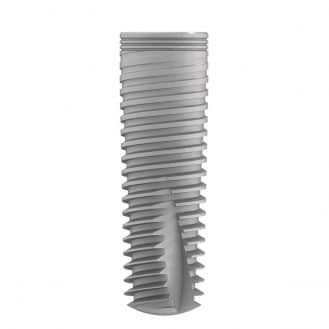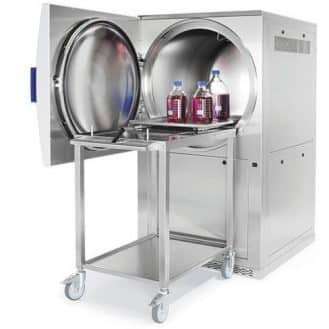Dental materials are used specifically in dental care and the dental industry. There are various types of materials intended for different applications, such as dental restoration and the manufacture of prostheses. This is all part of the study of dental materials. Some are used only by dentists, others only by dental technicians, and others by both. It is important to be familiar with how these materials are classified, their functions and applications, composition, properties, advantages, disadvantages, and possible risks.









